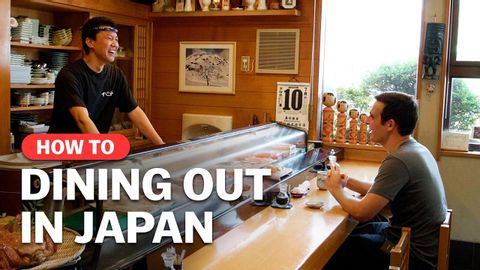如何。在日本外出就餐|旅遊攻略|japan-guide.com (How to: Dining Out in Japan | Travel Tips | japan-guide.com)
Summer 發佈於 2022 年 12 月 26 日  沒有此條件下的單字
沒有此條件下的單字US /məˈdʒɔrɪti, -ˈdʒɑr-/
・
UK /mə'dʒɒrətɪ/
- n. (c./u.)大多數 ; 過半數 ; 大半;成年;多數黨;多數票
- v.t./i.伸展(肢體等);拉長
- n.伸展;一段路程、區域;物品連續排列;一段時間;階段
US /ˈækjərɪt/
・
UK /ˈækjərət/
- n. (c./u.)公有地;公共用地;廣場
- adj.共用的;常見的;普通的;普遍的;粗俗的;普通名詞
